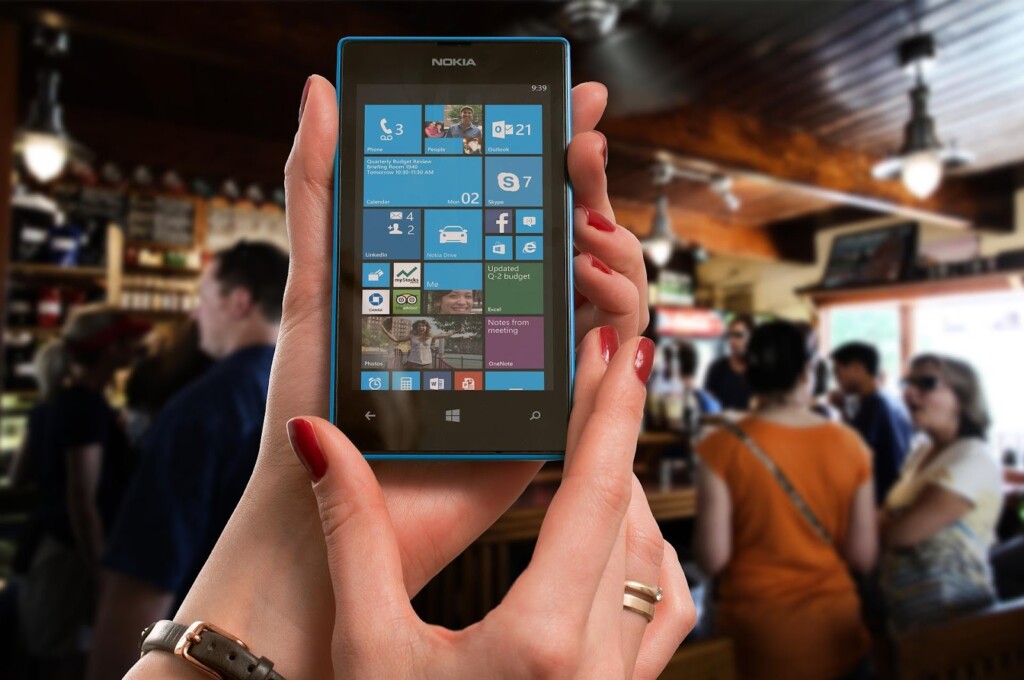

Nokia, one of the most recognized and globally liked companies, was founded in 1865 in Finland. Nokia became one of the largest mobile phone manufacturers in the world after deploying several business strategies, which we will talk more about. The company was birthed by the desire to empower consumers at a large scale with capabilities extending beyond local communication.
The name Nokia was actualized due to the second mill, which happened to be set up on the banks of the Nokianvirta River in 1871. Soon, Nokia dived into electricity generation, and by the end of the 1990s, Nokia became proudly established as a global leader, leaving rivals like Sony, Apple, and Siemens back in the dust.
How Nokia dominated the market
1. Releasing user-friendly, button phones
Nokia set the ball rolling with an innovative strategy by manufacturing the first-ever handheld GSM phone. The Nokia 1011 was launched and reported as a breakthrough invention that can store more than 99 contacts with a talk time of 90 minutes. This strategy by Nokia is centered on enabling their customers to keep in touch with loved ones and have enough communication time when it is almost impossible to have such luxury.
Sequel to the release of the Nokia 1011 in 1992, Nokia launched another handheld GSM phone, the Nokia 2100, in 1994, with an iconic ringtone. Not only was the handheld GSM phone a breakthrough that solved communication problems, but some later versions also featured advanced necessities such as the ability to receive faxes, emails, calendar features, and a massive display.
2. Creation of land-line telephone booths across countries
Nokia’s commitment to engineering and innovations has always been the driving force behind the creation of full access to landline booths worldwide. In 1983, Nokia introduced the “Cityman” series, which is more durable and weather-resistant, a suitable outdoor installation for customers. Creating a landline booth was designed to provide unhindered access to communication services for customers on the go. The company’s dedication to quality ensured that the landline booths were easy to use, durable, and had the latest technology.
Nokia deployed landline telephone booths across various countries, providing access to reliable communication services. This created trust in customers, making Nokia their trusted telecommunications company. Landline telephone booths were installed in public spaces, remote locations, and transportation hubs. The production and installation of Nokia’s landline booths tapered off in the early 2000s.
3. Cellular Network Supply (1-3G)
Until 2001, when the third generation of cellular networks was made available, Nokia relentlessly spent the late 1980s and early 1990s providing progressive networks for the first and second generations (1G and 2G). This strategy aimed to make provision for tools that will enhance capacity, coverage, and network performance. Customers love it when they enjoy a fast wireless connection with low latency. Nokia made that happen when it was most needed. This was a way to improve the overall user experience and promote loyalty.
2020, saw the best input from Nokia with 5G innovation, providing reliable network connections to millions of users globally. It also supports a range of applications like voice calls, data-intensive services, and messaging.
4. The radio in phone innovation
As a pioneer of the radio in phone technology for mobile phones, Nokia continued with a unique brand strategy to advance and revolutionize the industry. In 2006, Nokia began integrating FM radio functionality into their mobile phone products, allowing customers to listen to radio stations without needing additional accessories.
Furthermore, FM transmitters were introduced by Nokia around 2008. This addition allowed millions of users to broadcast audio from their mobile phones to FM radio receivers nearby, enhancing the convenience of sharing audio content. In 2010, internet radio became the norm in the industry, as Nokia launched a dedicated Internet radio application that provides a platform to discover and listen to radio stations online. The application offered various genres and supported live and on-demand streaming
Nokia today: what happened?
Once a force to reckon with in the market, Nokia faced significant challenges that led to its decline and loss of market share. Its failure to quickly adapt to smartphone innovation in 2012 cost them their relevance in the global market. Companies like Apple, Samsung produced astonishing smartphone products which took thousands of customers away from. Also its high cost products also affected their growth as other telecommunication companies were able to provide similar and cheaper products to consumers.
Today, Nokia is three times smaller than it used to be in the 90’s. According to finance experts, the company lost 15% market cap in 2012. And in 2013, Nokia sold its phone holdings to Microsoft. The company is still in existence, but no longer focused on phones. From 2015 Nokia has rebranded as a chip company, producing internal chips and telecommunication infrastructure.


Lessons young traders and businesses can learn from the rise and fall of Nokia
1. Continuity and long-term plans are best
Traders and businesses must learn to be consistent and always take a long-term approach. Nokia’s reliance on short term profits cost them the market.
2. A trader must commit to learn more than one strategy
To be effective, a trader must commit to learning more than one strategy. Nokia’s over-reliance on Symbian OS in the late 2000s was not sustainable as iOS and Android technology took the market.
3. Focus on few markets
Many times traders want to try out lots of markets at once. This is wrong. Traders and businesses must take things slow and rather gain mastery in one before moving to the next market. Nokia tried out lots of market and this only led to loss of profits
Sources:
Grin: A Strategic Exploration of Nokia’s Success
Nokia: Services for Mobile Networks
Forbes: Nokia, overview and analysis
Bloomberg: Nokia, wireless phony, analysis









